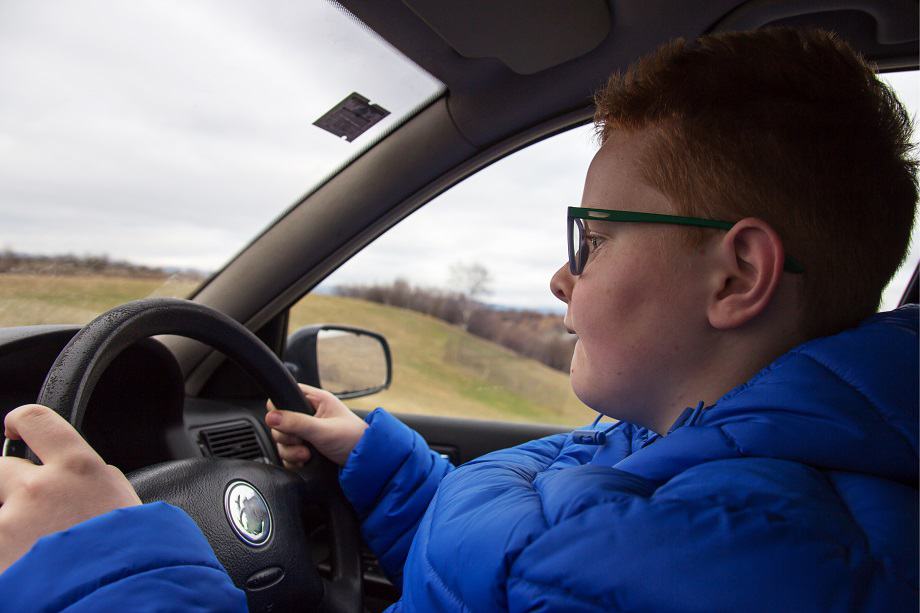When you’re a new driver, it’s understandable that you’ll be a little nervous. That said, even the most experienced motorists can find travelling in the UK’s cities a daunting experience. There’s hazards at every turn, congestion beyond belief, cyclists, buses, and drivers suffering from a nasty case of road rage. On top of that, you may not have driven in that particular city before, meaning you’re unfamiliar with the road layout and the best ways of getting from A to B.
Research by Privilege Insurance in the UK found that Lincoln was the city with the most road rage, with drivers in Peterborough and Portsmouth also prone to anger behind the wheel. Somewhat surprisingly, London only came 13th.
Another poll found that British motorists believe that Birmingham is the worst city to drive around in, followed closely by London, Bristol and Liverpool. For Brummie drivers, the seemingly never-ending loops of roads on Spaghetti Junction were a turn-off. Meanwhile, Londoners spoke of continuous nightmares with the endlessly congested M25.
In this article, we are going to give you a few top tips for driving safely in cities -- and put your knowledge to the test with a few theory questions.
Theory test questions on city driving you might be asked
Here is the list of theory questions on city driving you might be asked on the exam.
1
What should you do if you’re required to stop in a busy tunnel?
- Get as close as you can to the car in front
- Make a U-turn immediately
- Ignore any warning messages which are being displayed above the lanes
- Keep your distance from the vehicle in front
2
In narrow residential streets, what is usually the speed limit?
3
A motorcyclist is hurt and unconscious after a crash. Unless you absolutely have to, why should you avoid taking their helmet off?
- This could make their injuries more serious
- You might damage the helmet
- They may not want you to see their face
- This could affect their temperature
4
You are behind a cyclist at some traffic lights. When the lights go green, what should you do?
- Sound your horn
- Overtake the cyclist
- Give them plenty of time and space
- Drive alongside them
5
At what times should you avoid sounding your car horn?
- Whenever you are driving in cities
- Between 11.30pm and 7am in a built-up area
- Between 9pm and 9am in a built-up area
- No such restrictions are in force
Answers: Q1 -- D; Q2 -- B; Q3 -- A; Q4 -- C; Q5 -- B.
The do’s and don’ts
1
Do be patient. Crawling in a long line of traffic isn’t going to be a rarity in a city, it’ll often be the norm. There’s little point getting exasperated at other road users
2
Don’t leave it to the last minute. It’s crucial that you allow plenty of time for your journeys -- especially during peak times in the morning and evening. There are several apps which factor in current traffic levels to give you an estimate of how long it will take you to arrive at a destination.
3
Do consider using public transport where possible. Congestion is a big problem for many cities -- and it’s compounded by how many people travel to work alone in their cars instead of participating in a car pool or hopping on a train or bus. The UK’s major cities -- London, Birmingham and Manchester among them -- boast excellent and affordable transport networks which run 24 hours a day, with preferential lanes which are designed to speed up journeys on buses. This also has the added advantage of enhancing air quality and protecting the environment.
4
Do check for a congestion charge. In some cities, you may have to pay a daily fee in order to access the road network. For example, in London, you need to pay £11.50 a day if you’re travelling between 7am and 6pm on weekdays.
5
Don’t run red lights or speed. Many cities now have cameras which monitor lanes and automatically take a photograph when an offence is committed. This is then linked to your number plate and a penalty charge notice is sent to your home address.
6
Do keep an eye out for pedestrians. Zebra crossings are incredibly common in cities, and sometimes it can be difficult to see people stepping out on to the pavement and crossing the road.
Get plenty of practice on answering theory questions ahead of your test, as it’ll allow you to approach challenging topics with confidence. Case studies where you are driving in a city could also emerge in the hazard perception part of the test, and it’s recommended you take a little time to grow accustomed to the format of watching a video and responding immediately to the dangers developing ahead.
